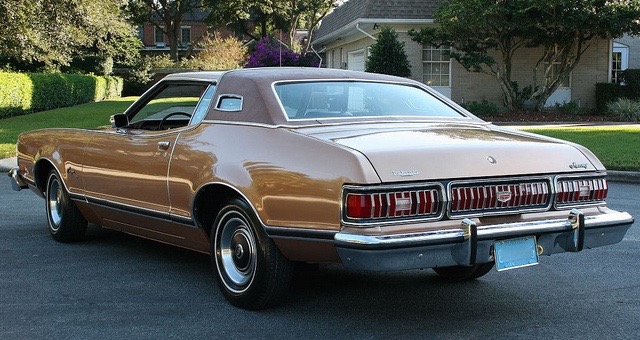And so it seems to have been for Chrysler Corporation's Plymouth Prowler, first displayed in 1993 and produced in 1997 and 1999-2002 (Wikipedia entry here).
In essence, the Prowler was a professionally styled take on classic hot rods that were based on 1932-34 Ford V8 roadsters. One reason for that source of inspiration was that Chrysler styling chief Tom Gale (1943 - ) and some others on his staff as well a few people in upper management were hot rod fans. I didn't notice a decent reference to Gale via Google; for what it's worth, his Wikipedia entry is here.
Even the concept car version of the Prowler had to compromise hot rod details to accommodate current regulations required of street-legal autos. Most noticeable are the large bumpers -- something many 'rods dispensed with.
All things considered, the Prowler was an interesting and successful design for a frivolous vehicle. Nevertheless, I find it a bit surprising that nearly 12,000 were actually built and sold.
Sales photo of a 1932 Ford V8 roadster-based hot rod.
The Plymouth Prowler.
Side view showing raked look.
The trunk and related detailing is similar to that of 1935 Ford coupes and roadsters.




















































